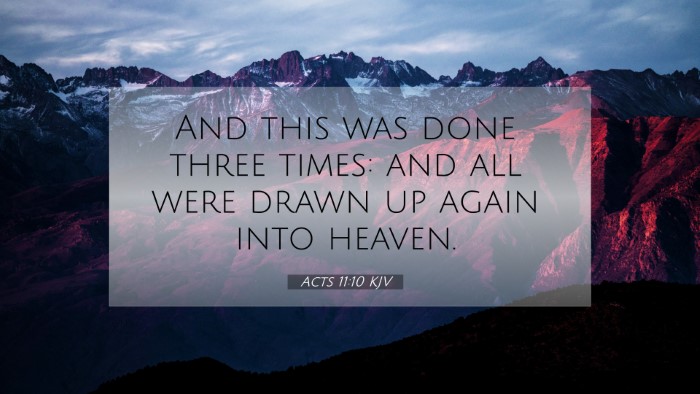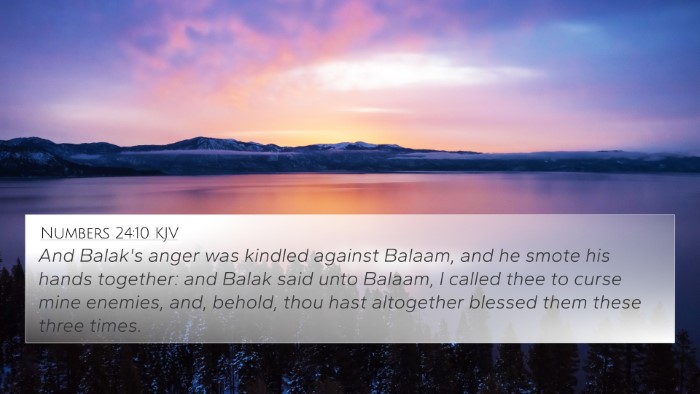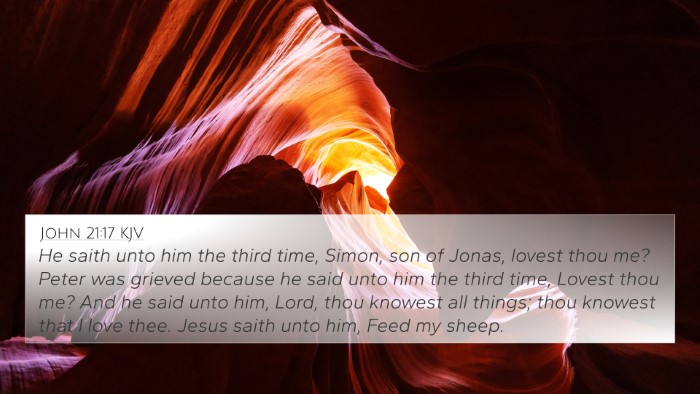Understanding Acts 11:10
Acts 11:10 states: "This happened three times, and then it was all pulled up to heaven again." This verse is part of Peter's vision that plays a crucial role in the early church's understanding of God's acceptance of the Gentiles.
This passage can be understood more deeply through insights drawn from public domain commentaries such as those by Matthew Henry, Albert Barnes, and Adam Clarke.
Context and Meaning
Before delving into specific commentaries, it is important to clarify the context of this scripture. Peter's vision, which included a great sheet coming down from heaven filled with unclean animals, symbolizes God's directive to consider all creatures clean and to accept Gentiles into the faith.
Matthew Henry's Commentary
According to Matthew Henry, this vision serves to indicate that the Gospel is not limited to the Jews, reflecting God's inclusive nature. He emphasizes that the three occurrences of the vision signify the completeness of God's message to Peter, implying that God is unequivocally tearing down the barriers that separated Jew from Gentile.
Albert Barnes' Commentary
Albert Barnes notes that the repetition of the vision three times signifies both emphasis and confirmation, aligning with biblical traditions where God’s messages are reiterated for clarity. He highlights that this pivotal moment leads to the expansion of the Gospel to all nations, emphasizing God's providence in diversifying the early Christian community.
Adam Clarke's Commentary
Adam Clarke expands on this by discussing the implications of this transformative vision for the early church. He draws parallels with other biblical events where God prepared His people for significant changes, indicating that this was a crucial moment in God's unfolding plan for salvation.
Thematic Connections
This verse, Acts 11:10, opens discussions on various themes found throughout the Bible, illustrating how connections between Bible verses enrich our understanding:
- Inclusivity: The theme of God’s love extending to all humanity can be cross-referenced with Romans 10:12, which emphasizes that there is no distinction between Jew and Gentile.
- Vision and Revelation: Acts 9:10 depicts God directing Ananias to speak to Saul of Tarsus, emphasizing how God uses visions for His purpose.
- Clean and Unclean: Leviticus 11:47 provides the groundwork for Jewish dietary laws, which are challenged in Peter's vision.
- Grace and Acceptance: Ephesians 2:8-9 discusses salvation by grace, unrelated to works, reflecting on God’s acceptance of all who believe.
- Expansion of the Church: Matthew 28:19 commands the disciples to make disciples of all nations, correlating with Peter's vision and subsequent actions.
- Prophetic Revelation: Joel 2:28 speaks of dreams and visions in the last days, showing continuity with God’s revelatory work.
- Changing Paradigms: Galatians 3:28 illustrates the removal of societal divisions in Christ, reflecting the shift Peter experiences in his vision.
- God's Sovereignty: Isaiah 55:8-9 reflects God’s thoughts and ways being higher than ours, emphasizing His sovereignty over all matters, including Gentile inclusion.
- Faith and Works: James 2:1-4 discusses favoritism, connecting with God's impartiality seen in Peter's vision.
- Spiritual Growth: Hebrews 5:12-14 notes that believers must mature in understanding, much like Peter needed to grow in his acceptance of Gentiles.
Cross-Referencing Biblical Texts
By using tools for Bible cross-referencing, believers can delve deeper into theological discussions surrounding Acts 11:10. Engaging with these connections fosters a richer understanding of the scriptures.
One effective method for studying involves:
- Bible Concordance: Utilize a Bible concordance to identify key terms and their occurrences across the text.
- Cross-Reference Guides: Employ guides that outline interconnections both thematically and contextually.
- Cross-Reference Systems: Familiarize yourself with a system that categorizes verse relationships effectively for study.
- Comprehensive Bible Study Materials: Engage with study materials that provide extensive background and thematic exposition.
Conclusion
Acts 11:10 stands as a testament to God's initiative in expanding the reach of His grace beyond established boundaries. By understanding this verse, in light of thorough cross-referencing and comparative analysis of relevant scriptures, believers are encouraged to appreciate the unity and inclusivity of the Gospel message.
In summary, utilizing cross-referencing tools can greatly enhance understanding and application of scripture, fostering edification through the shared themes of faith, inclusion, and divine revelation.






